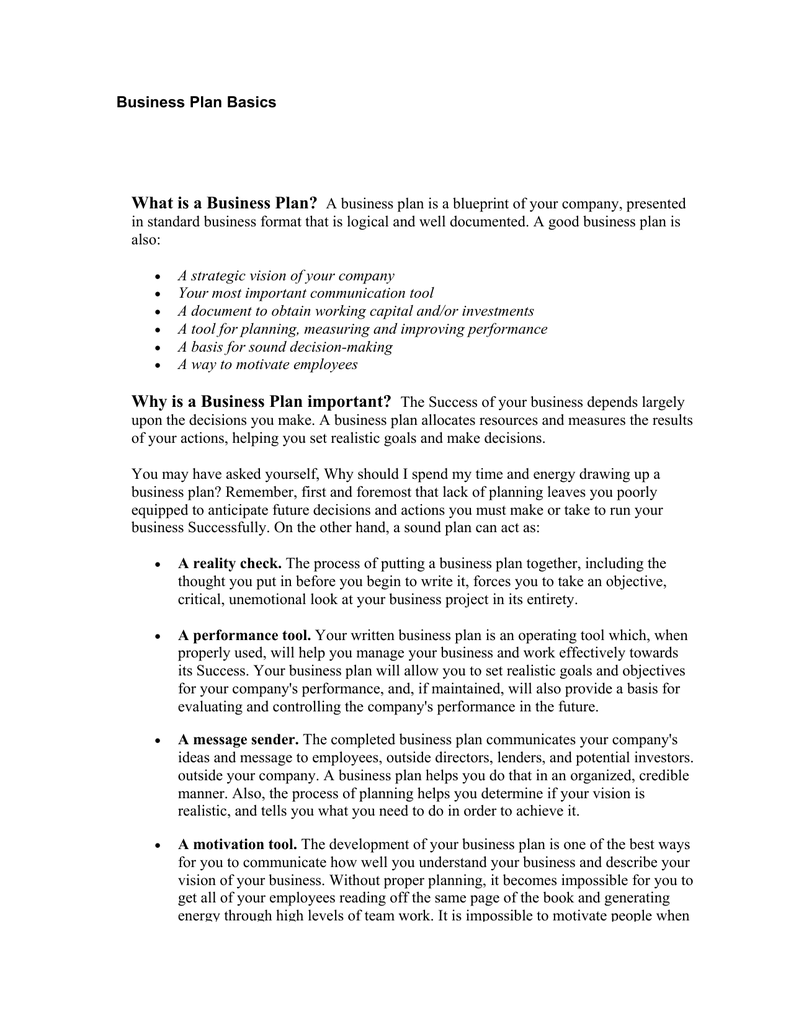


So you’ll need to make assessments along the way to gauge if and when you’ll achieve the financial goal connected to this growth goal. As you implement growth goals, you may need to change their priority or adapt them so you aren’t counteracting other business goals.įor example, growing a customer base may involve promotions that don’t necessarily improve your bottom line at the start.

Start with a market analysis to ensure the approach makes sense. Whether it’s reaching new markets, launching new products, increasing your customer base, or raising brand recognition, it’s important to establish a realistic number of goals, actionable tasks, and a team to complete those growth goals. To develop growth goals, you need a clear vision statement that you can segment into achievable steps. Make financial goals as specific as possible - for example, “increase production by x percent over three months.” Then break that amount down into quarterly financial targets. When developing financial goals, project the total increase in profits over a long period like a year. Your team’s expertise may also extend to implementing ideas that accomplish revenue and profitability goals. Each department can help to identify strategies that trim costs, such as supplies or facility expenses. To create and accomplish financial goals, you have to collaborate with different departments. Here are five examples of smart goals for small business owners and how you can set them.įinancial goals help you focus on driving more revenue, cutting costs to raise profitability and sustain cash flow, and setting new financial targets for future growth.


 0 kommentar(er)
0 kommentar(er)
